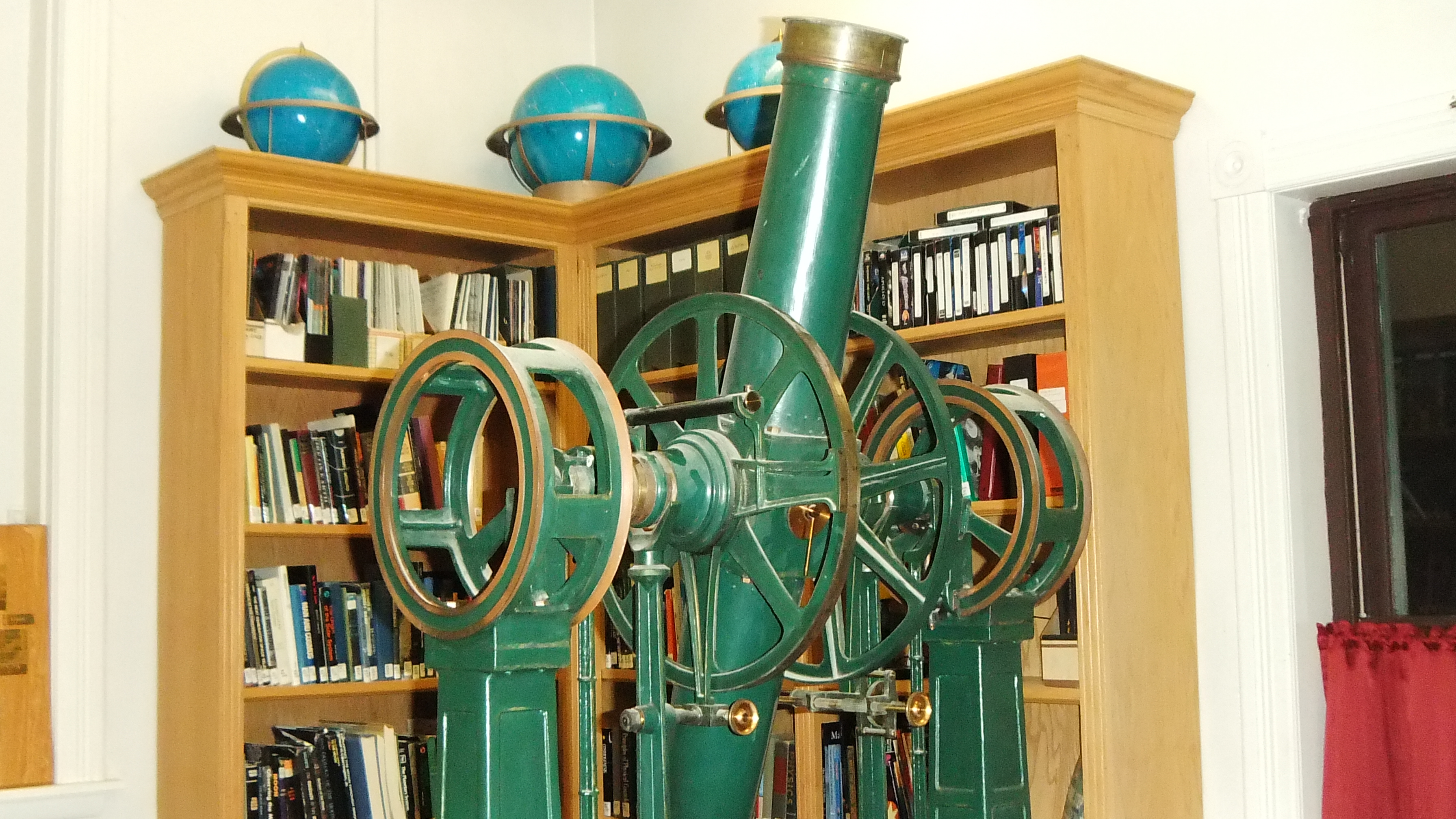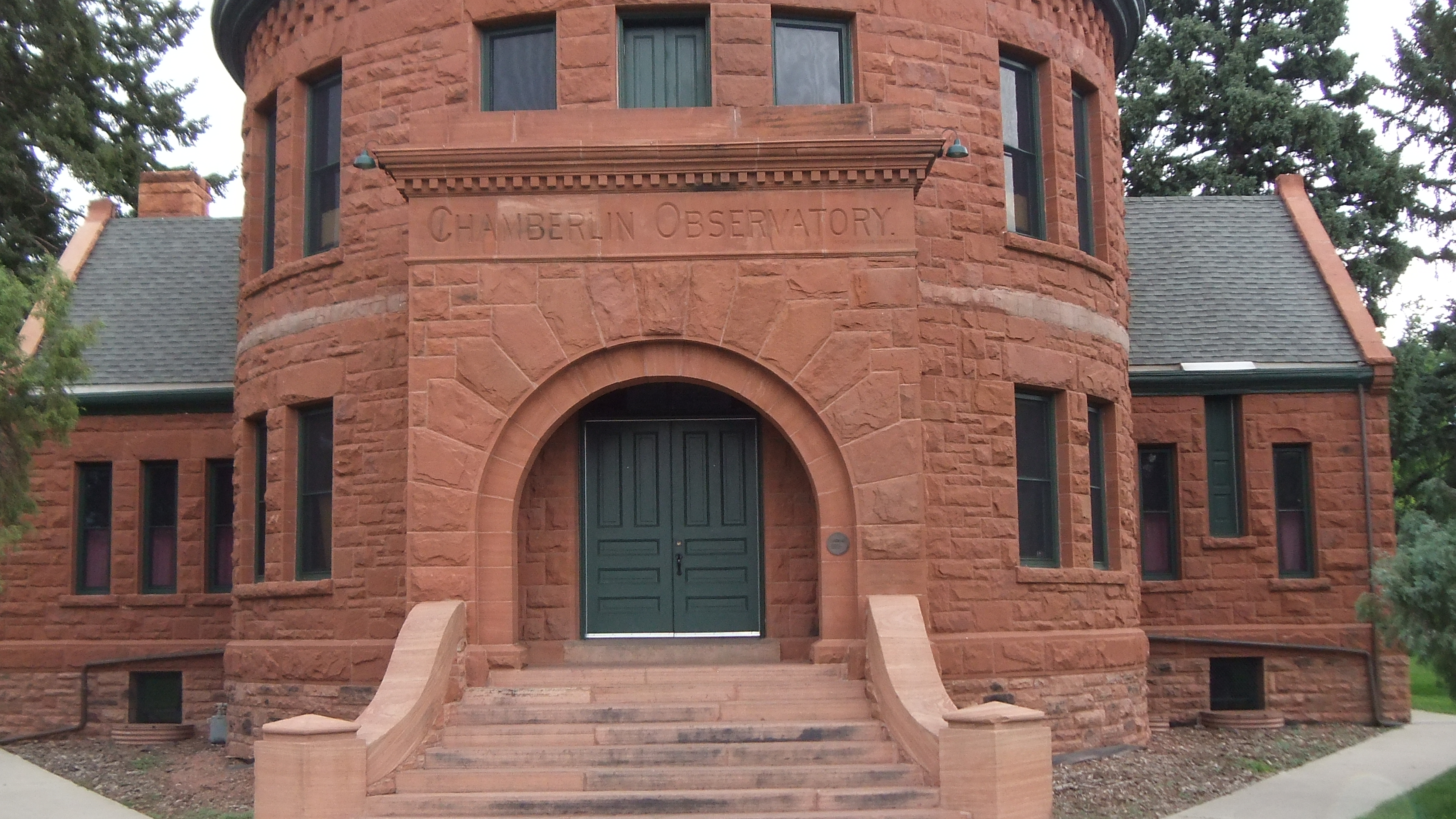This Kind of Telescope Kept Trains Running
The sky is one big giant calendar clock and the motion and rotation of its orbs the hands. The changes in the apparent position of the sun during Earth’s annual revolution around it measures the year and marks its seasons. The moon’s orbit around Earth in turn apportions the year into months. The rotation of Earth further delineates each day in the month. More granular precise and accurate time keeping is possible by making observations of individual stars with specialized telescopes dedicated to time keeping. It is no surprise that astronomers have long held the keys to the kingdom of precision time keeping.
There are numerous types of telescopes with each having its advantages and disadvantages. Whether used for astronomical or terrestrial observations telescopic optical systems can be generally divided into reflectors (with mirrors) and refractors (with lenses). Mountings, in turn, can be Equatorial (for tracking stars) or Altazimuth (like a camera tripod) and there are many examples of each. The combination of optical assembly and mounting defines the telescope system for a given purpose.
A “transit telescope” is a specific kind of astronomical telescope that was, mostly in the past, used exclusively for time keeping. Typically, they are equipped optically with a refractor telescope so that the observer looks straight through the lenses held by the tube. What makes a transit telescope unique is its single axis mounting.
For a telescope to be able to move in three dimensions it needs to have two axes. Just think about a camera tripod for example. It moves left and right and up and down. It can point in any direction. A camera tripod with only one axis would not be very useful for photography. Just think about it: With one axis a camera or telescope can only rotate in a single plane.
But transit telescopes work in a special plane and so they only have one axis of rotation. This plane, called the “meridian,” is defined by three points projected onto the celestial sphere: 1) celestial north pole, 2) southern compass point on the horizon, and 3) an observer’s “zenith” – that is the point on the celestial sphere directly above an observer. The imaginary meridian divides the observer’s sky into eastern and western halves.
For an observer facing south, everything to the left is east and west to the right. A transit telescope is mounted so that its axis points east-west. The telescope is only allowed to rotate up and down along the meridian between the observer’s horizon and zenith.
As Earth rotates, stars rise in the east and set in the west. Except for “circumpolar” stars, which never rise or set, a star rises and continues getting higher in the sky until it transits the meridian, and then it will descend until setting. If the precise position in the sky of a given star is known, then its transit time can be calculated for a given day. By observing the actual transit and noting any differences between observed and predicted transit times, adjustments can be applied to keep clocks running precisely and accurately.
The closest meridian telescope that I am aware of is located at the U.S. Naval Observatory in Washington, DC. The transit telescope has a primary lens with a 6-inch diameter. Although no longer in active use it was once the backbone for measuring precise time for the United States. The Naval Observatory relies on atomic clocks whose times are averaged to define civil time.
Several years ago while living temporarily in the area I visited University of Denver’s Chamberlin Observatory. There I saw a transit telescope that is no longer used. The telescope is displayed where it was installed in 1891 in a room that has since become the observatory’s library. During its use, the observatory provided a subscription service where time signals were transmitted to customers using telegraph. Customers included railroads and banks of the day.
Other transit telescopes, and meridian circles as they are sometimes called, may be found in the Smithsonian museums and may or may not be on current display.


Here are some local astronomical events planned for this month:
The Westminster Astronomical Society’s (WASI’s) next happy hour star party at Milkhouse Brewery is planned for April 12, from 5-9 p.m. The safe solar telescope observing is free and weather permitting. The tap room is open rain or shine and located at 8253 Dollyhyde Rd, near My. Airy across the county line in Frederick County, near Libertytown.
A program is planned for the following night, Saturday, April 13 at 7:30 p.m. in the Bear Branch Nature Center (BBNC) planetarium. It will be followed, weather permitting, by astronomical observing at the co-located B.F. Roelke Memorial Observatory. Reserve your seat in the planetarium by calling 410-386-2103. Observatory observing is free and starts after the program at 8:30 p.m.
At 7:30 p.m. on Saturday, April 20, join WASI members at Charlotte’s Quest Nature Center and Observatory for monthly telescopic observing. The address is 3400 Wilhelm Lane, Manchester.
–Curtis Roelle

Hi Curt, great post. Do you know about the International Latitude Observatory in Gaithersburg? It is an even closer Transit-only telescope than the USNO. Skip has helped at their events in the past, and I plan to help them out with theirs this year as well.
https://www.gaithersburgmd.gov/about-us/city-facilities/international-latitude-observatory.
–Tom Milley
Tom, yes I used to live in an apartment in Gaithersburg that bordered the park where the observatory is located. I used to ride my bicycle over to the observatory, which was closed at the time.